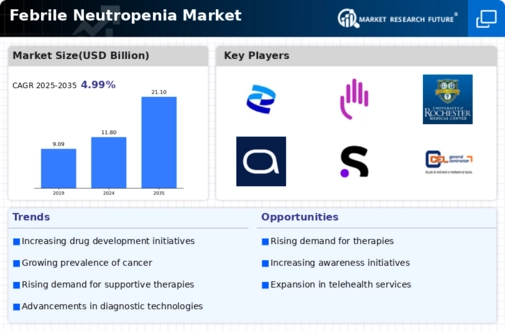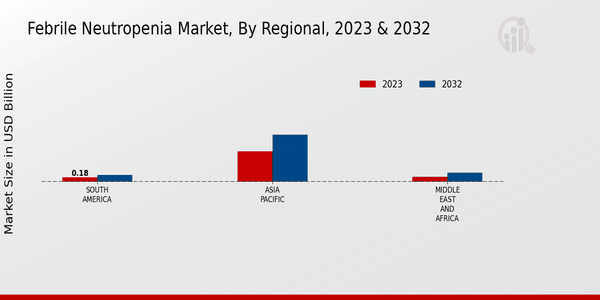Leading players in the Febrile Neutropenia Market are highly focused on continuous research and development activities to bolster their product portfolio and deliver a competitive advantage. The major Febrile Neutropenia Market players are adopting strategies such as mergers and acquisitions, partnerships, and collaborations that will strengthen their presence in the global market.
The Febrile Neutropenia Market is highly competitive, and the leading market players are focused on innovation and product differentiation.
The key market players in the Febrile Neutropenia Market are investing heavily in research and development to launch new and advanced products that cater to the requirements of patients and medical experts.
The key players in the Febrile Neutropenia Market are also emphasizing expanding their reach through various partnership agreements and mergers and acquisitions to develop their operations and gain a leading position in the market.
One of the prominent players in the Febrile Neutropenia Market is Pfizer Inc. Pfizer is a global, research-based biopharmaceutical company that develops and manufactures healthcare products.
The Company has a diversified business that operates in a number of health care sub-sectors including oncology, immunology, rare diseases and women’s health. As far as the febrile neutropenia market is concerned, Pfizer’s key marketed products comprise granulocyte colony-stimulating factor products, which are used for stimulating neutrophil production.
Neutrophils are a type of white blood cell that helps the body to fight infections. Though it is inferior to red blood cells, neutrophils are the most numerous of the white cells, accounting for 50-70 percent of the white cell count.
The Company has its presence in both developed and emerging markets and has a strong network of suppliers to reach its customers effectively. In addition to this, the Company has been investing a significant amount in research and development to bring more advanced products to the pipeline.
Another major player operating in the Febrile Neutropenia Market is Amgen Inc. Amgen is a California-based biotechnology company that discovers, develops, and manufactures and delivers valuable human therapeutics.
The Company has a business operation in cardiovascular disease, oncology, bone health, neuroscience, nephrology and inflammation and other therapeutic areas, including proteasome and endocrine viewing.
In the case of Febrile Neutropenia Market, Amgen has a strong product portfolio comprising G-CSF products that are utilized for stimulating neutrophil production.














